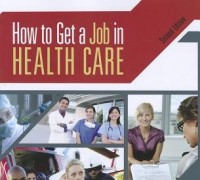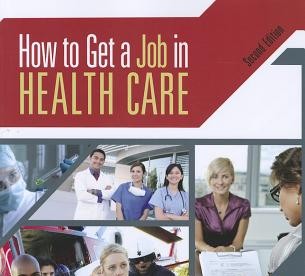
Author: Robert H. Ledlitz, M.A.
Publisher: Delmar – Cengage Learning
Book Review by: Paiso Jamakar
I presume most readers know that health care is one of, if not the largest sectors of theUnited Stateseconomy, comprising one-sixth of our gross domestic product.
The author Robert H. Ledlitz cites data from the Bureau of Labor Statistics that show that 10 of the 20 occupations with the largest job growth in 2012 and through 2020, will be health-related.
Some of the reasons he mentions for large growth of employment in the health care field are the following:
- Technological advances in patient care
- Increased emphasis in preventive care
- Our aging population
- Changes in public policy
- Great advances in medical knowledge
- People living longer than ever before
- Health coverage for large numbers as a result of recent health care legislation.
All these developments have broadened the areas of new services, health maintenance organizations and in tandem, employment opportunities.
Zedlitz indicates that the health care and social assistance industry is projected to create 28 percent of all jobs through 2020. Specifically, this sector of theU.S.economy is expected to grow by 33 percent and add 5.7 million jobs by 2020.
The more common positions to be created are: physicians, nurses, dentists, medical and dental assistants, physical therapists, and technologists and technicians of various kinds.
That’s all good news for the job seeker in health care. The long list of jobs is presented on page xix of this book.
So how do you get a job in health care? This comprehensive guide by the expert in this field Robert H. Ledlitz shows you how to:
- Get and start a job in health care (Section 1)
- Leave a job in health care, gracefully (Section 2)
- Become familiar with 16 self-directed activities in getting, starting and leaving a job in health care (Section 3)
Section 3 is especially helpful to you who is seeking his or her new dream job in health care. From creating a checklist of employment power words and phrases, to writing your health care objectives, to constructing a health care resume, all the way to writing a health care reference letter (for someone to sign for you) this section is an invaluable one that you should study carefully.
This book is very useful, with bullet points, lists, samples, exercises, steps and practical points you can readily utilize to make your job search fruitful.
We commend Bob Ledlitz for an excellent, practical workbook that is based on his many years of experience and success in helping job seekers in the rapidly-growing health care field.






